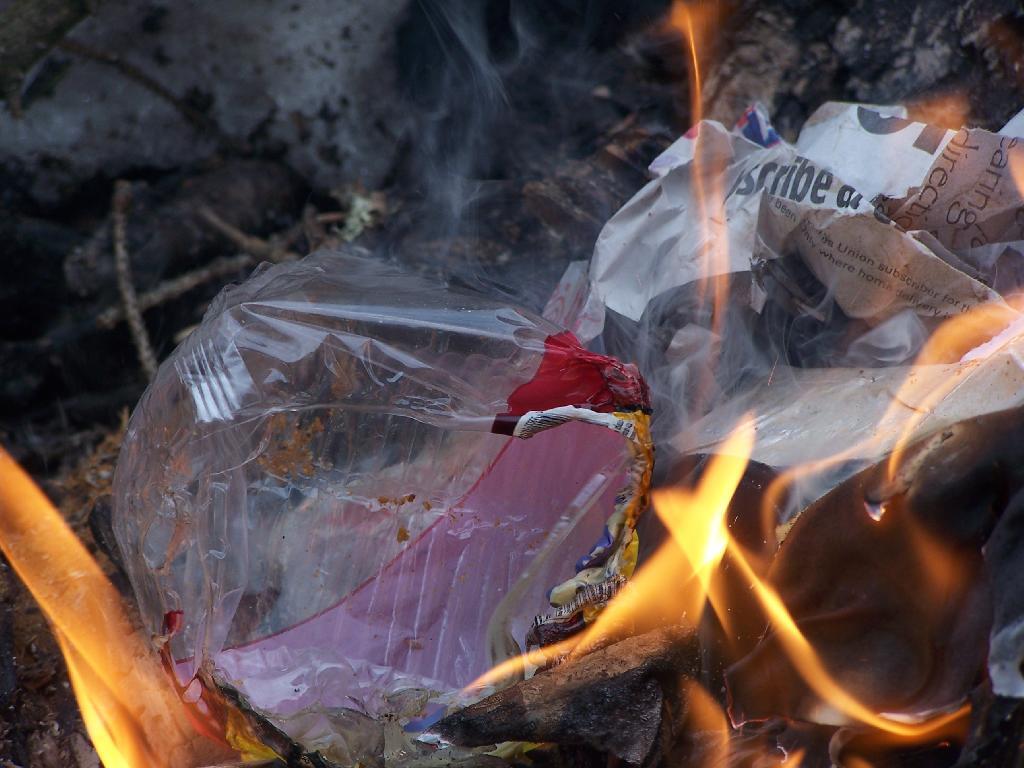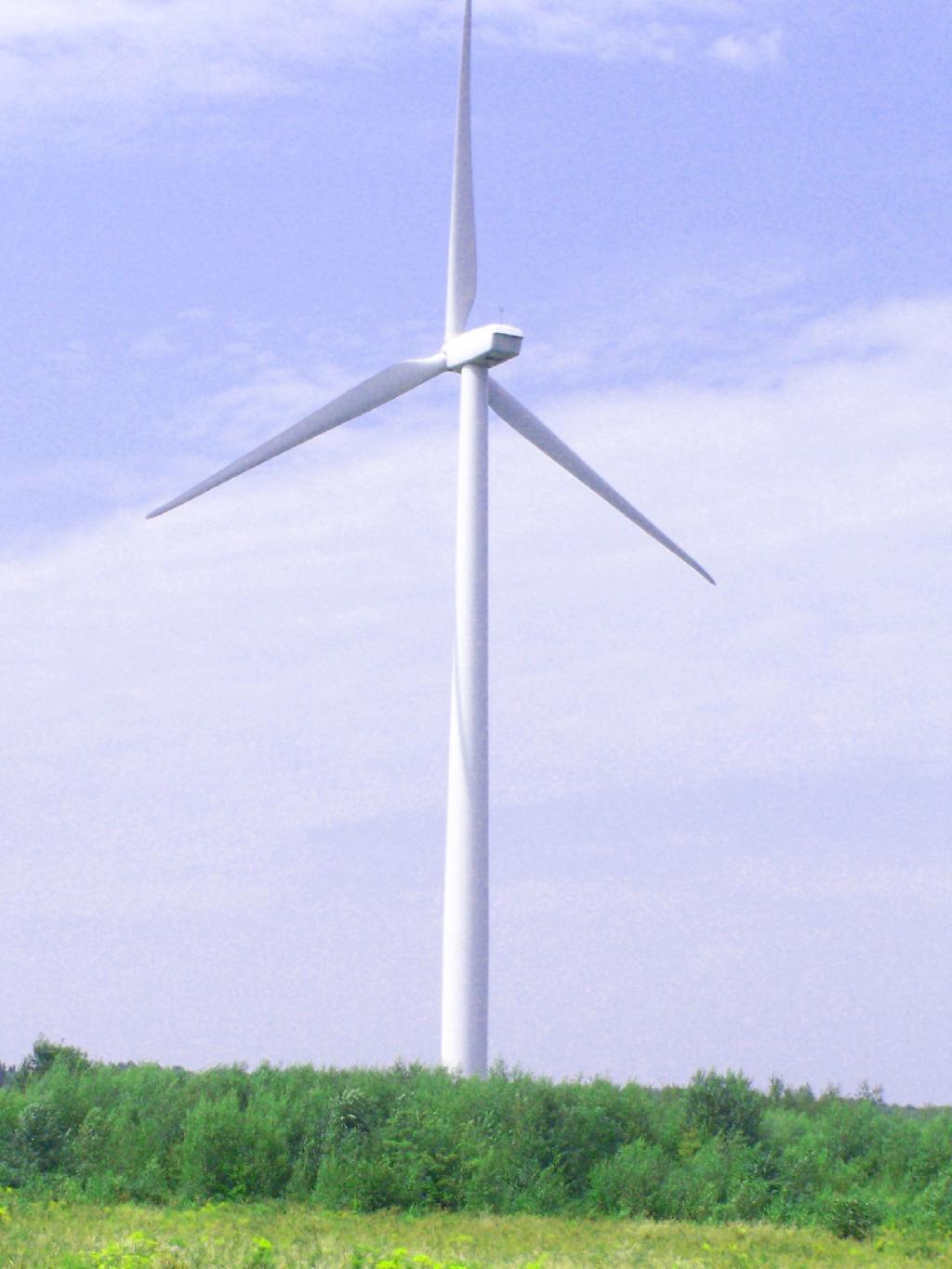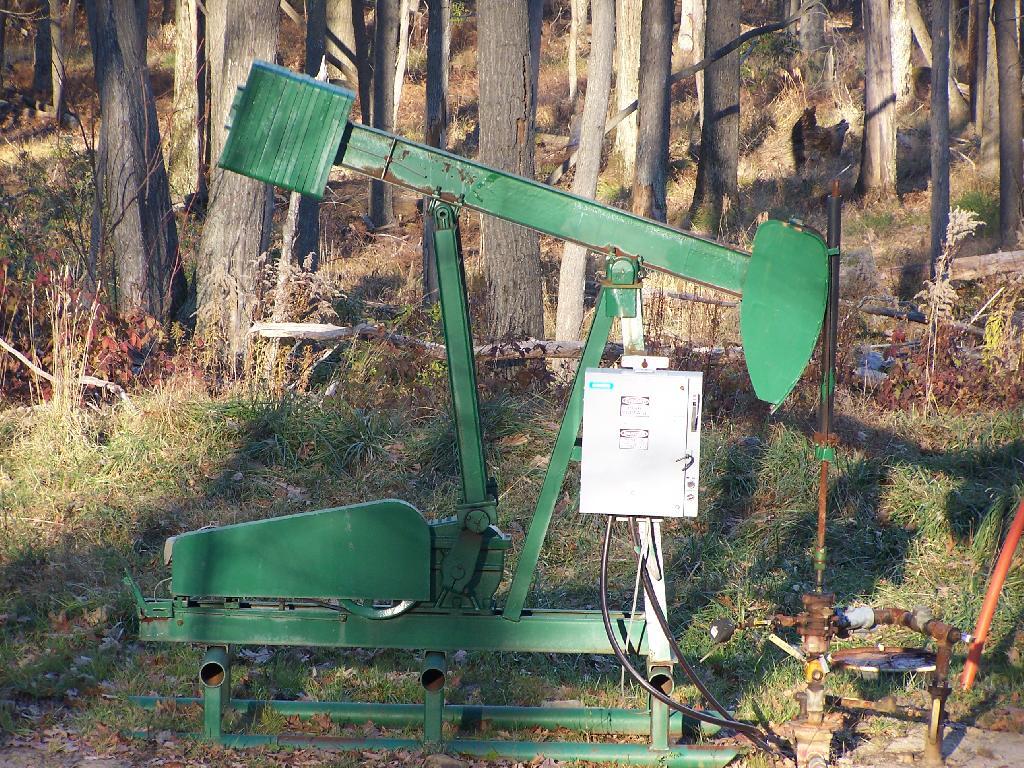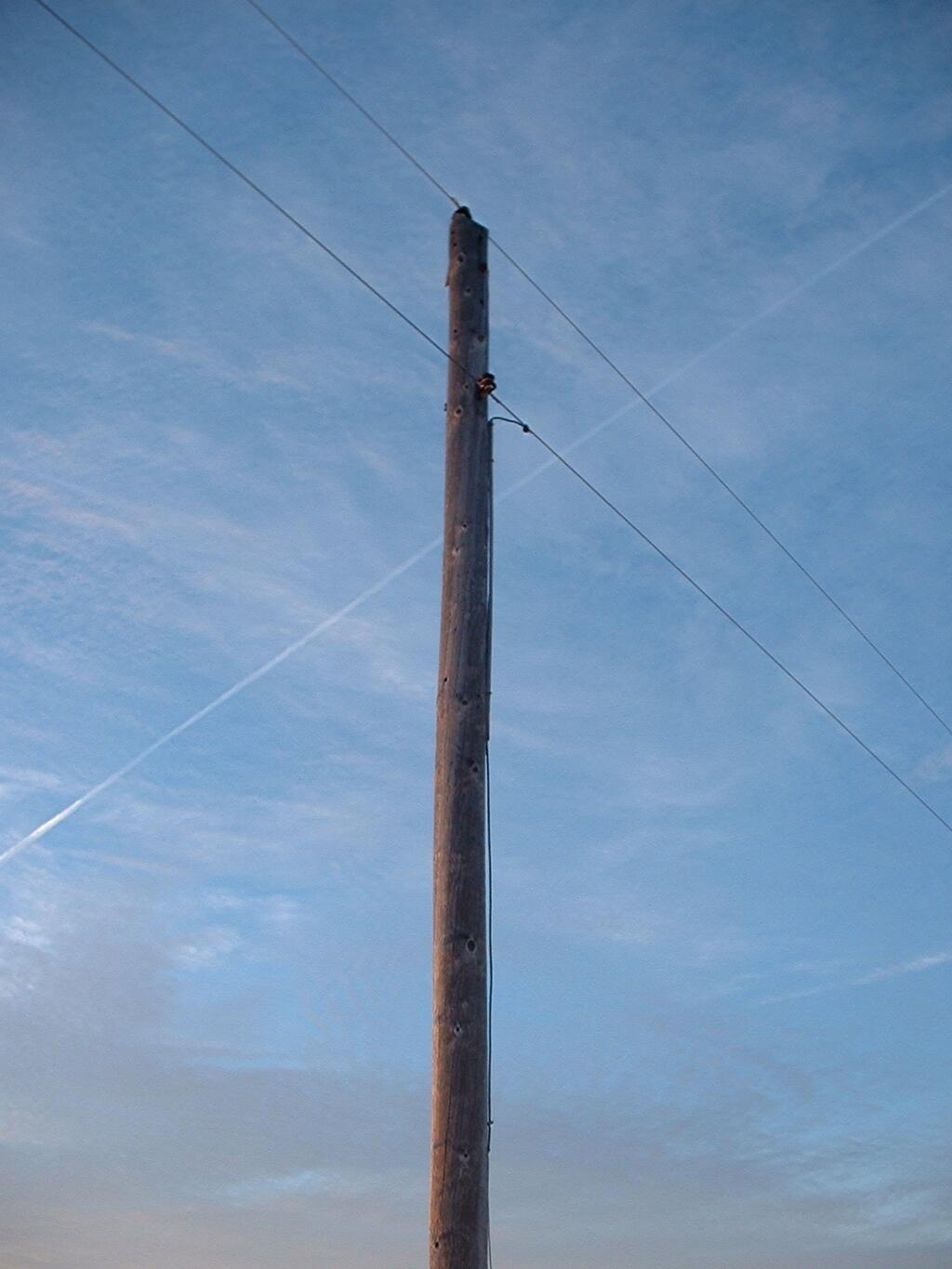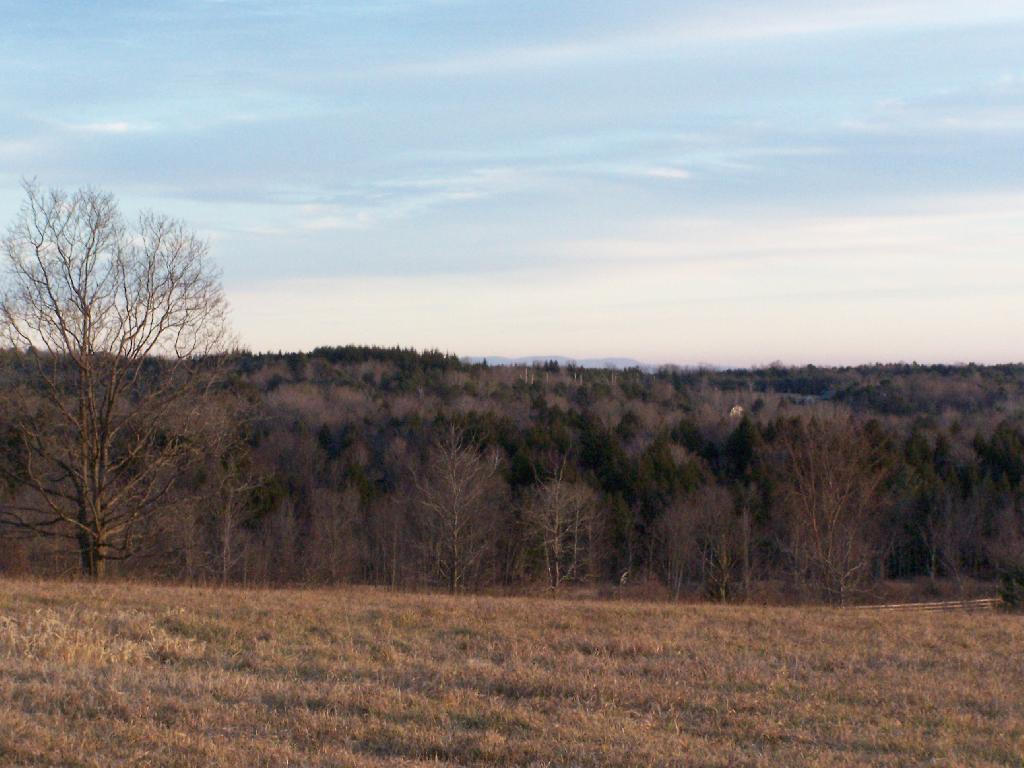Climate Action Plan
NYSERDA
17 Columbia Circle
Albany, NY 12203-6399
Re: Climate Action Plan Interim Report
I am deeply concerned about the Climate Action Plan put forth by NYSERDA and other interested parties. Rather then advocating for sustainable, local communities, it advocates for large centralized facilities such as massive waste incinerators, massive power plants, and massive private automobile infrastructure.
Our over-reliance on such large centralized facilities, is largely responsible for environmental crisis we face. Climate Change Emissions are a symptom of our societys unsustainable nature. Its mother natures Engine Malfunction Light. The shocking changes, already underway in our ecosystem, demonstrate a multitude of problems that can not simply be fixed by sticking a better scrubber on our smoke stacks. Instead, we need a state that emphasizes sustainability, encourages sustainable acts, and builds infrastructure that gets us towards sustainability.
Here are several proposals in your report that create grave concerns and there more sustainable, lower cost solutions. Most sustainable solutions are not high-tech or even expensive, but require changing both governmental policies and infrastructure in minor ways to promote more climate-friendly actions. Lets not follow the insane policies of the past, that have brought on this Climate Crisis!
Zero-Waste vs Garbage Incineration.
The Climate Action Plan is right to be concerned about fugitive methane emissions from landfills. The Plan suggests the construction of various forms of trash incinerators such as mass-burn or gasification or plasma-arc to eliminate organic waste from going into landfills. Yet, this is a very bad idea. Trash incinerators destroy valuable materials and recover minimal amounts of energy. Their smokestacks belch toxic materials into air, many compounds not yet fully understood. Waste materials that could be feedstock for industrial or agricultural purposes are destroyed in incinerators.
All forms of trash incinerators (be it refuse-derived fuel, mass-burn, gasification, or plasma-arc), take the carbon in garbage, combine it with oxygen, and release it directly in the air through a smoke stack as carbon dioxide. An average ton of garbage incinerated equals a ton of carbon dioxide in the air. It also represents many more tons of carbon dioxide in materials destroyed in the incinerator. Organic waste that could fertilize the ground are destroyed in incinerators, man-made materials like plastics burned in incinerators could be an industrial feedstock using a fraction of energy of new products.
Garbage Incinerators are expensive, the must always burn a full load to pay off their costs, always maximizing carbon emissions. The goal of any Climate Action Plan should NOT be to maximize carbon emissions! Garbage incineration is very expensive, it literally burns the publics cash, that could be used to improve recycling of technical materials and organics recovery through composting. Choose the sensible, cheaper alternative.
Rather then promote waste-incineration, the report should support a ban on organics disposal in landfills and incinerators, along with supporting Zero-Waste goals. The state should look towards minimizing waste, and recovering waste through recycling and source-separated organics processing such as anaerobic digestion or in-vessel composting. Reuse through secondary sales of used products should also be promoted. The Plan should call for garbage incinerators to be phased out, along with large landfills. Small, stable residual waste landfills are acceptable, only after all organic and usable technical materials are recovered first.
Cleaner Energy vs Nuclear Power.
The Climate Action Plan trumpets Nuclear Power as the solution for large amounts of carbon-free base-load power. As the report correctly notes, at all times the electrical grid must be supplied with sufficient sources of energy to keep the lights on. Nuclear Power is a problematic proposition, as it requires large amounts of heat-trapping HFC gases to process the fuel, is very expensive, creates dangerous waste byproducts, and puts millions of New Yorkers at risk of serious injury or death. A terrorist strike or serious mistake at a nuclear plant such as Indian Point could kill millions of New Yorkers and destroy vast acreage of land forever. There is no repository nuclear waste, all of it must be stored on site of nuclear plants for the foreseeable future.
Nuclear Power is very expensive. It literally burns the publics cash, that could be used to promote energy conservation, and bring new renewable sources of electricity online. A single nuclear plant is estimated to cost $5-10 billion dollars, money that could instead go to subsidize the purchase of solar cells on residential houses, wind turbines in rural areas, micro-hydro and anaerobic-digestion on farms, and small-hydro on rivers and streams. Money spent on nuclear plants could also help people better insulate their houses. Choose the sensible, cheaper alternative.
Conventional fossil-fuels and clean biomass systems, have an important role in filling in the gap between renewable sources of energy and the needs of electric grid. Fossil fuel plants should increasingly serve to meet peak load, and balance the fluctuation of renewable sources of energy, and not provide base load power. Natural gas plants are particularly good at generating power to meet peak demand as necessary. In addition, consider new pump storage plants like Gilboa Power Project, in an environmentally sensitive context. Consolidated Edisions Storm King Pump Storage was a terrible idea.
The Climate Action Plan should emphasize conservation of energy, renewable energy, and especially small-scale sources of renewable energy like solar and micro-hydro. Continue the Regional Greenhouse Gas Initiative, tighten limits to force electricity companies to build more renewable sources. Further develop the smart-grid, and call for the aggressive promotion of Net Metering. The plan should call small scale electricity generation, being as common as heating systems in houses. Call for phasing out of all nuclear power, starting by closing Indian Point in 2012.
Burn Less Fossil Fuels vs Carbon Sequestration.
The Climate Action Plan promotes Carbon Sequestration as a solution to carbon emissions from Power Plants. Carbon Sequestration is an unproven technology, in regions where it has been tested, there is growing evidence that carbon dioxide is peculating back up through the ground, damaging water supplies and being released back into the atmosphere. While this is seriously troubling, even more troubling is the amount of energy required to sequester carbon from power plants.
Current estimates suggest that 40% of a power plants energy is required to sequester carbon. That means 40% more coal must be mined, 40% more oil or gas must be removed from the earth. Carbon sequestration would mean 40% more landscapes would be defiled, 40% more water wells would be poisoned by hydrofracking, 40% more toxic non-carbon dioxide emissions would enter the air. From an broader environmental perspective, carbon sequestration will devastate habitats and accelerate the global decline of our plant. We should not burning more fossil-fuels just to sequester carbon.
With carbon sequestration, 40% more fossil fuel burned means 40% higher energy prices, not including the cost of actually sequestering the carbon. Money spent on mining all this extra coal or drilling for all this extra oil, could be better spent on conservation or renewable sources of power. Choose the sensible, cheaper alternative.
Instead the solution is make fossil fuels the energy source of last resort. Use lower-carbon fossil fuels like natural gas or oil rather then coal. Develop more renewable sources of power, use renewable sources to make up the majority of the base load. Use fossil fuel plants whenever necessary to make up the difference in electricity generation. Phase out fossil fuel plants, dont waste the public’s money on carbon sequestration.
Public Transit and Walkable Communities vs Electric Cars.
The Climate Action Plan triumphs Electric Cars as the preferred solution for transportation. The plan incorrectly argues that private automobiles must forever be the most common way people get around cities. Electric cars are a new technology, while promising, probably have benefits much over stated by the report. It is very energy intensive to move 1-2 tons of steel down the road, and electrical energy is very technically challenging to store in large quantities.
It is possible that in the future, batteries will be developed to allow private automobiles to make short-trips around town, like the Chevy Volt. Someday it may be possible to even power large pickup trucks like the Chevy Silverado electrically for a short distance around town. Yet, due to the difficulties of storing large amounts of electricity, and the length of time required to chemically store large amounts electric power in batteries, it should not be assumed that we will see an all-electric fleet of vehicles in the foreseeable future. Towing the power-boat to Adirondacks behind your Chevy Silverado, probably wont be powered all by electricity, even 50 years from now. Such technology seems unrealistic. The Climate Action Plan should realize cars will continue to get at least a significant portion of their energy from fossil fuels.
Moreover, electrical cars get their energy from some source. While we hope that source is renewable, like from solar cells on peoples houses, the reality is the vast amount of electricity to power an urban fleet of cars is likely to come from fossil-fuels for the foreseeable future. Electricity does not come from god. The Climate Plan should also reflect that many if not most electricity powering cars will come from fossil-fuels that generate carbon emissions, for decades to come. Private automobiles even electrically powered cars discriminate against the young and elderly, and the disabled. Rather then focus on this high tech proposal, the Plan should: Choose the sensible, cheaper alternative.
While electric cars are futuristic, the lowest cost and largest reductions in carbon emissions will come from building walkable communities and expanding and improving mass-transit. Make it so people can leave the Chevy Silverado parked in their driveway for day to day routines. As the Capital Region Transit Authority showed in Schenectady, simply modernizing bus timetables, based on current needs, can increase ridership by 20% while not increasing service. Adding new transit services is very cheap compared to building new superhighways. Building sidewalks can reduce the number of trips to the store in private cars. Giving tax incentives for retail to locate in cities, serviced by transit, can further reduce carbon emissions. Done right, building walkable communities, serviced by quality public transit, can reduce carbon emissions by private automobiles by 80% or more, with the existing fleet of cars and trucks. Parked cars release NO climate change gases nor do they require new freeways cut through animal habitats.
Good Transit vs High Speed Rail.
The Climate Action Plan calls for High Speed Rail. While a nice goal, one possibly to consider in the distant future, its more of a toy then a realistic plan. Save the high-speed rail models for your kids to play with on the living room floor. Most New Yorkers will probably never ride on a High Speed Rail line, even if it is built. Its a very expensive option, when simpler lower-cost options make much more sense. Choose the sensible, cheaper alternative.
Passenger rail service needs to be reliable and on-time. The state should consider the cost-effectiveness of creating a moderate-speed rail service, that uses dedicated track. Trains running consistently at 50-100 MPH may be fast enough, as long as stops are limited, and the service is reliable. The biggest problem with Amtrak currently is trains are often late or delayed due to freight trains on the tracks. Its also important to connect trains and airplanes with transit. Should railroads go right up to airports? Airports, especially Upstate, have almost no public transit service to and from them. Railroads have more access to transit, but in many cases its limited or indirect. Consider bundling train boarding passes with bus passes, for the last mile. Improving inter-model transportation should be vastly more important then high-speed rail.
Most people will still not use the passenger railroad, except on rare occasion. Most travel is intra-city, best serviced by streetcars or buses. Streetcars or trolleys that are electrically powered, preferably by renewable energy, are a very smart climate change solution. Most cities had them prior to 1950. Consider making streetcars fare-free to minimize boarding delays and maximizing their use. Buses in the short-run may be the most cost-effective service, but in the long-term, electric trolleys are quieter, faster, and dont burn foul smelling diesel.
Impacts of Fugitive Emissions and Non-Climate Impacts of Natural Gas vs Cleaner Fossil Fuels.
Natural gas has a great potential to be a lower-carbon source of fossil fuels to fill in the gap when renewable energy cant meet all of the needs of electric grid. It burns very cleanly and efficiently, with minimal toxic emissions, and less carbon dioxide per unit of energy generated compared to other fossil fuels. Yet not only does burning natural gas release climate change gases, the natural gas (methane) is a potent greenhouse gas. The Climate Action Plan should account for fugitive emissions and emissions associated with drilling for natural gas.
High-volume hydrofracking is particularly worrisome when it comes to potential fugitive gases and those emissions relating to the drilling of wells. In addition, serious concerns have been raised about the regulation of gas drilling, in recent years, by state and federal governments. A slightly cooler climate is not an acceptable trade-off for polluted ground water or seriously defiled landscapes.
The Plan needs to carefully balance natural gas, and fully quantity its dangers to the climate. While it seems like Natural Gas is the most climate sensitive fuel compared to carbon-intensive coal (with its own methane emissions problems), its use needs to be constrained like all fossil-fuels to simply meet the needs that can not otherwise be met by renewable energy. All sources of energy have their problems, and all have some carbon footprint, and its important that they be carefully measured in the plan.
Local Solutions vs Global Solutions.
To often, the Climate Action Plan advocates for the wrong kind of solutions to reduce Climate Change Gas Emissions in our state. Our state faces an unprecedented fiscal crisis, and insisting on the most expensive solutions to reduce Climate Change Emissions ensures failure. Smaller, human scale solutions to Climate Change Emissions like better public transit service and sidewalks might be hard to measure, but they not only reduce emissions, but also make our communities more desirable.
Here are a few other small ideas the report should consider:
Agriculture: More on farm generation of electric power — dairies in particular are very energy intensive. More farmers markets in every neighborhood. Less regulation of farm operations to promote more farming. More slaughterhouses and processors. Many farmers have to truck cattle hundreds of miles, lots of GHG associated with that, discourages local food. More processors that buy local food.
Industrial: Increase recycling from residential and commercial sources to provide relatively clean feedstocks to plants. Develop more local recycling plants. Require industries to maximize their energy efficiency.
Residential: More education on benefits of off-the-grid living, net-metering, and other sources of electricity generated on site. More education, promotion, tax breaks for increasing insulation and energy efficiency. Tighten building standards further. Offer more convenient recycling options for a wider variety of wastes.
Commercial: Have tough efficiency standards for new buildings. Give tax breaks to businesses located on trunk lines of bus services. Mandate commercial recycling of waste.
Transportation: More trains and bus services, consider bringing back Streetcars and Trolleys. Mandating inter-connected streets and sidewalks
Thank you for consideration of my comments. If you need further clarifications on my ideas for improving the Climate Action Plan, feel free to contact me at andy -a-t- andyarthur.org or by phone at 518-281-9873.
Sincerely,
Andy Arthur
15A Elm Ave
Delmar, NY 12054
